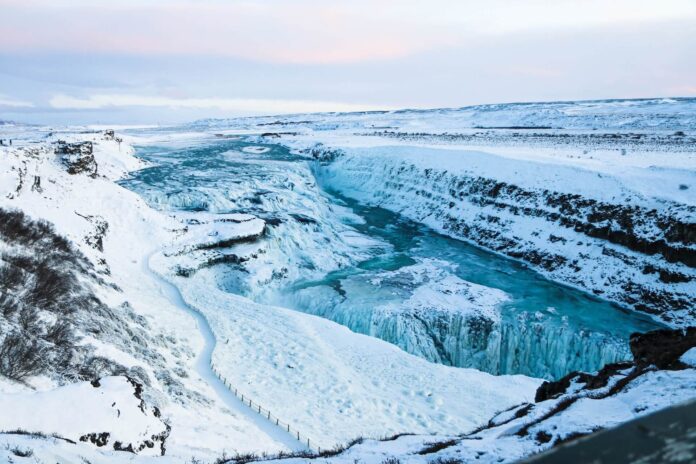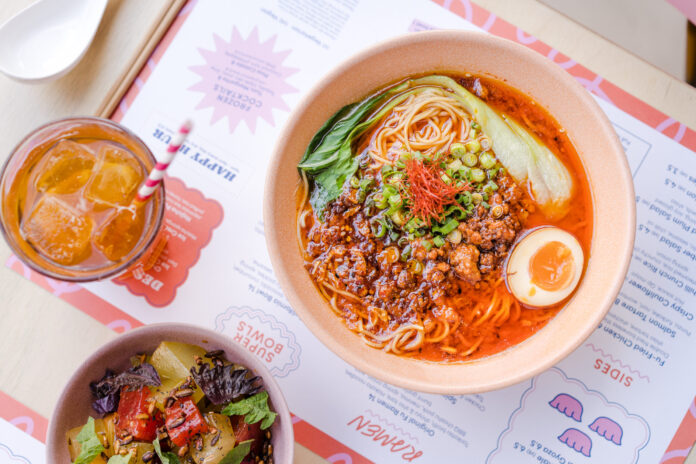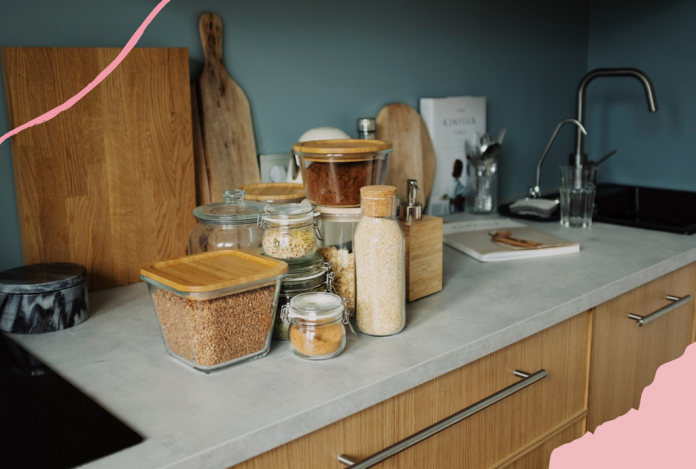
Ideal for leaving 2020 in the dust.
Oh, the open road. That feeling of unbridled freedom. The four doors of the car rather than the four walls of home. The windows rolled down, the breeze in your hair, the classic rock on the radio and a sense of adventure in your soul. COVID-19, lockdowns and Boris’ U-turns all turned to dust in the rearview mirror, replaced by your own self-isolation on the other side of the world.
We’ve got goosebumps just thinking about it. And although 2020 has been cruel, we’re entitled to dream just a little of better times ahead, right? With wide open roads, mind-blowing expanses and some of the most jaw dropping scenery you’ll ever set eyes on, Australia is one of the best places on the planet for a road trip. If you’re planning yours and are looking for inspiration or are simply after some escapism, then read on; here are 5 tips for planning your Australian road trip, IDEAL for leaving 2020 in the dust.
CHOOSE YOUR TRAIL
Australia is blessed with such diversity of landscape. From rugged coastlines to ochre-red rock formations, heaving urban centres, hulking boulders and the never ending outback, this country has it all. This vastness and variety also calls for some focus on your itinerary; it takes several weeks to drive across the country, and you don’t want to be spending all your time at the wheel, we’d wager.
Australia’s Highway 1, also known as ‘The Big Lap’, circumnavigates the entire country and is the longest national highway in the world, clocking in at nearly 10’000 miles. Some take a whole year out to traverse this road, and if you’ve got the time to do so, then awesome! But not many are fortunate enough to be blessed with months on months of obligation free time.
Instead, consider breaking things down a little. The Great Ocean Road in Victoria is about as spectacular as it comes. A coastal road stretching 200 miles, you’ll find untouched beaches and unkempt cliff edges aplenty, as well as perhaps the world’s premier surfing mecca, the seaside resort of Torquay. Whilst on this drive, you’ll be able to take in The Twelve Apostles, an incredible collection of rock formations in the ocean which are surely a contender for the most striking natural wonder in the world. Set aside three or four days to truly appreciate this one.
Another hugely popular drive down under is the road between Cairns and Brisbane, along Australia’s east coast, which takes in some of the pinnacles of Australia’s natural beauty, including the Great Barrier Reef. You’ll need a minimum of two weeks to get the most out of it.
An even more exhaustive (and a little exhausting) road trip takes you from the north of Australia to the south, cutting right through the centre of the country. Along the Stuart Highway, from Darwin to Adelaide, you’ll traverse nearly 2000 miles of road and is the perfect chance to experience Australia’s vast, iconic outback.
Or, you could take the shorter (though still hugely impressive) 10 hour drive from Melbourne to Sydney, taking in the sights along the way. Basically, what we’re trying to say is, Australia is blessed with so many fantastic road trips; choose your poison wisely, or do the lot, and we’ll see you in a couple of years!
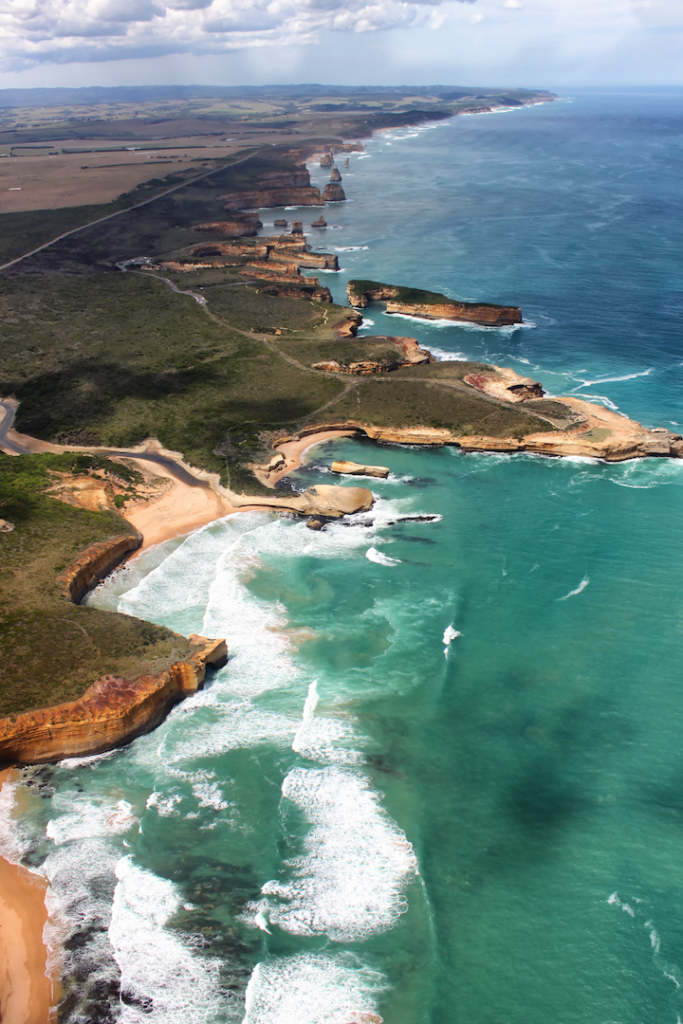
VISAS & LICENSE
Once you’ve figured out the trail and how long it will take you, you can decide on how long you want to stay. The standard tourist visa (ETA) allows for stays of up to 3 months (90 days). Other options include stays of up to 6 and 12 months, if you’re really throwing yourself behind the wheel for a long haul. Do be aware that there are certain requirements of a 6-month tourist visa, though. Working is strictly prohibited and you must show proof of funds in your bank account; enough to sustain your trip.
Here’s some good news; you can drive in the land down under using your UK driving licence, but only if you remain a temporary overseas visitor. If you have an overseas licence in a language other than English, all you’d have to do is have it translated by a NAATI translation service. Should you intend to stay and have a permanent visa, you can drive with your UK license for the first 3 months that you’re in the country. Within this time, you must get a local licence if you want to remain on the road. Seems fair.
THE RULES OF THE ROAD
Though this article all sounds like plain sailing and smooth driving up to now, you’ll need to get to grips with the rules of the road and be mindful of driving laws in Australia if you’re to enjoy a safe, enjoyable trip. Like us, the Aussies drive on the left, and though it may seem like a laid back country, laws on overtaking are strict, as are penalties for not wearing a seatbelt.
Driving while under the influence of alcohol will see your licence can be suspended, at the very least. As Sydney based law firm Prime Lawyers warn ”drink driving offences are considered serious offences…with convictions attracting heavy fines, long periods of licence disqualification and possibly a gaol sentence”. That’s jail to you and I.
In a notable difference to British driving law, and important to bear in mind, they also highlight that ”police can charge someone with driving under the influence of alcohol (DUI) where it is believed that the person is or has been driving whilst under the influence of alcohol. Police do not need the assistance of any devices or a known blood alcohol content to prove a charge of DUI”. If you find yourself in this position, consult Prime Lawyers or another law firm for assistance.
Should you be keen to enjoy some Australian wine, which is admittedly excellent, take it easy or don’t drive at all.
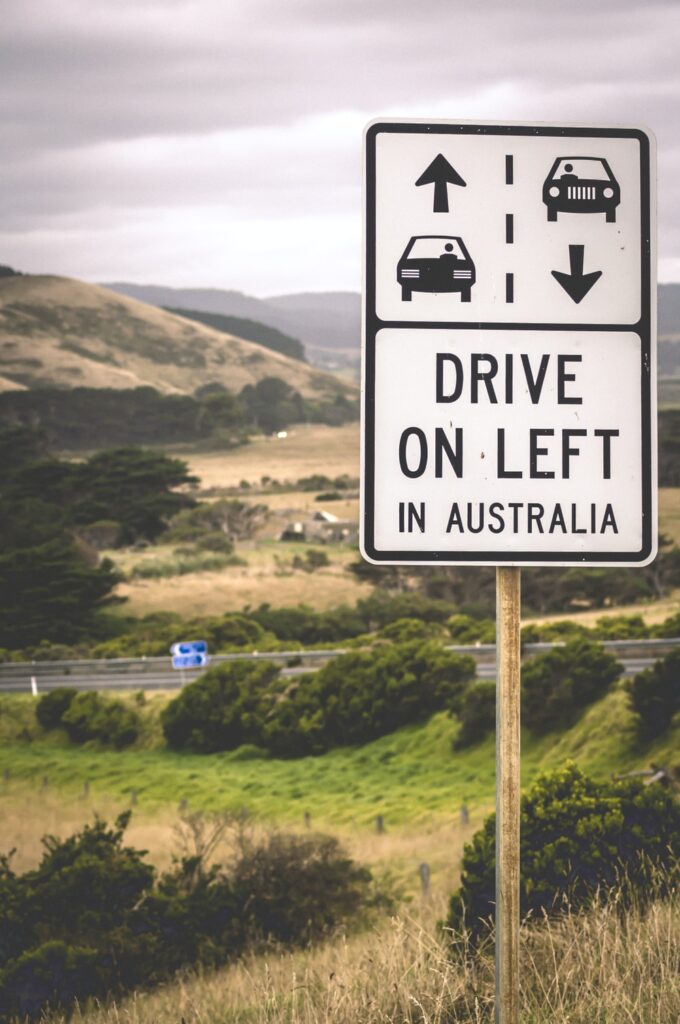
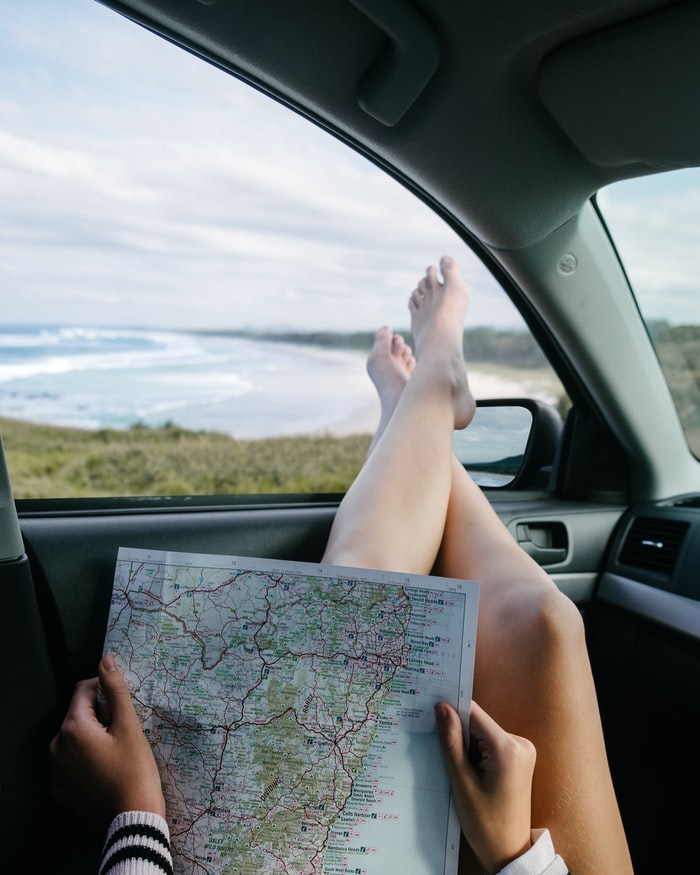
STAY ON THE SEASON’S SUNNY SIDE
Despite what many of us Pommies may think, it’s not all ‘schooners, sunshine and barbies’ in the land down under. Australia is a massive country and has different climates all over, and it would be foolish to assume it’s going to be 30 degrees and blue skies everywhere you go.
If you’re planning on visiting more than one region, plan your trip accordingly. The best time to traverse the Northern part of Australia, which includes Queensland and The Great Barrier Reef, is from April to October, which is the beginning of the dry season. Come during the wet season and you’ll be faced with torrential downpours and many of the roads close due to floodings – not ideal road trip conditions, that’s for sure.
The best time of year to drive the Great Ocean Road, along Australia’s south eastern coast, is late summer, between March and April, when the weather is warm and settled. The same goes for the drive between Melbourne and Sydney.
For the mammoth Stuart Highway route, you should avoid the early summer months, between December and February, as temperatures are extreme, and at night, often freezing. You do not want to be caught in the outback, broken down, in such conditions. Better to hit the road any time between May and October.
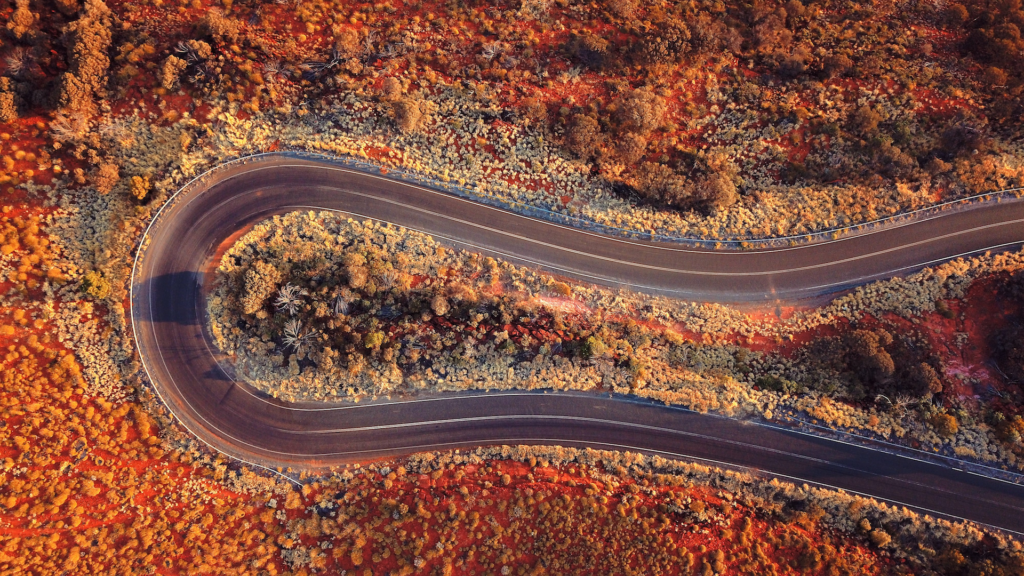
WATCH THE WILDLIFE
Wombats, kangaroos, wallabies and possums, to name but a few. It’s estimated that four million mammals are killed by cars each year after being hit by a vehicle on Australian roads. Most collisions happen during the hours between dusk and dawn as many species of Aussie wildlife are most active at this time and visibility for drivers is lower.
The best way to avoid hitting wildlife is to simply not drive at dawn, dusk and through the night. Instead, set up camp, have a barbie, and enjoy a night under the stars. Also, please, don’t litter while enjoying the great Australian outdoors; it’s illegal, bad for the environment and attracts native wildlife to the roads – the last place they should be hanging out.
If you do hit an animal, get in touch with a qualified wildlife rescuer – the injured animal has a better chance of surviving if you do so. Before you set off on your trip, add the numbers of wildlife rescue groups in the areas you’ll be travelling to your phonebook so you can call for assistance. If unfortunately, the animal passed away, check it’s pouch for a little joey then move the animal away from the road – it may attract scavengers which could lead to more collisions. And on that rather macabre note, we hope you have a great trip!

